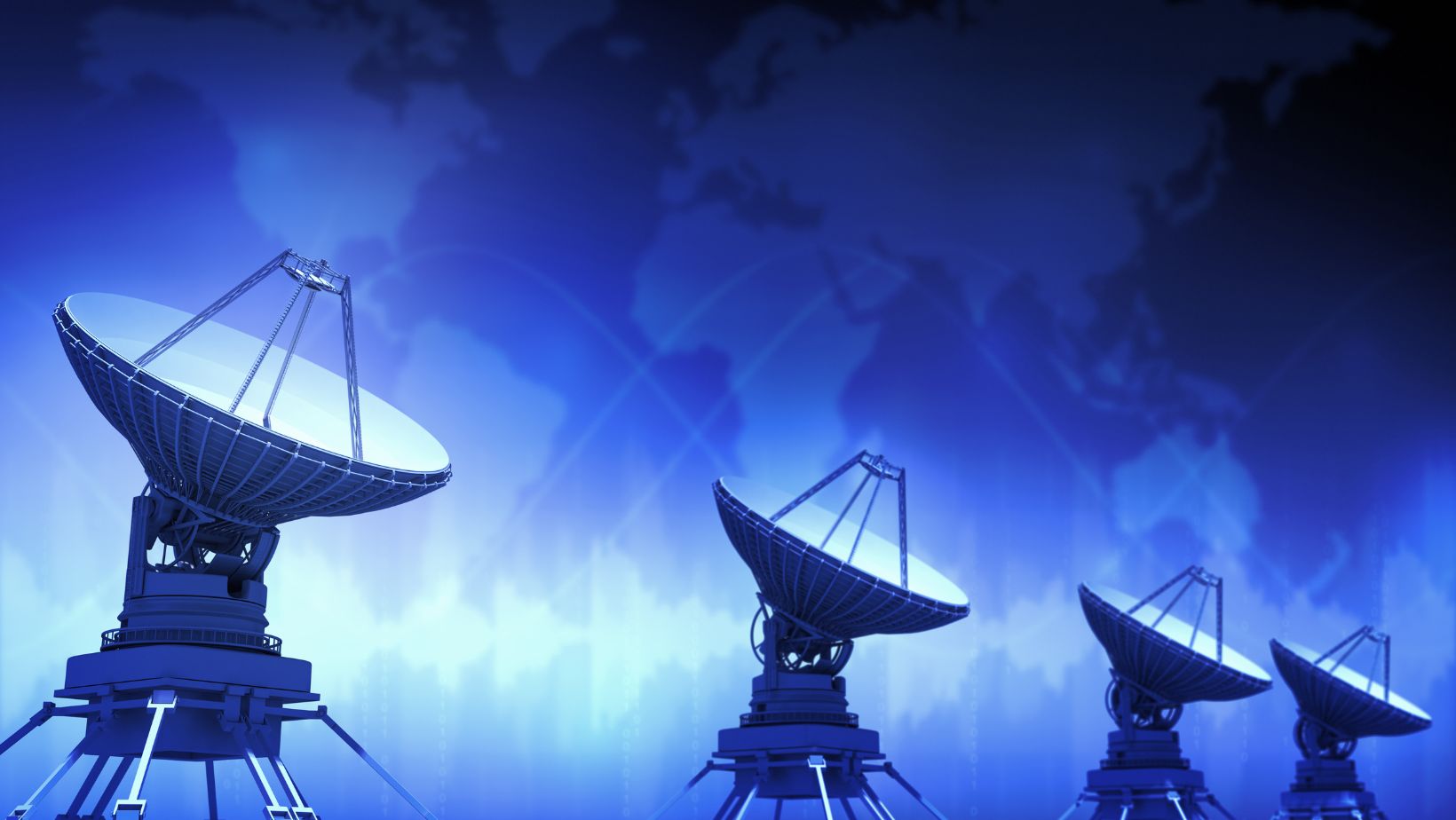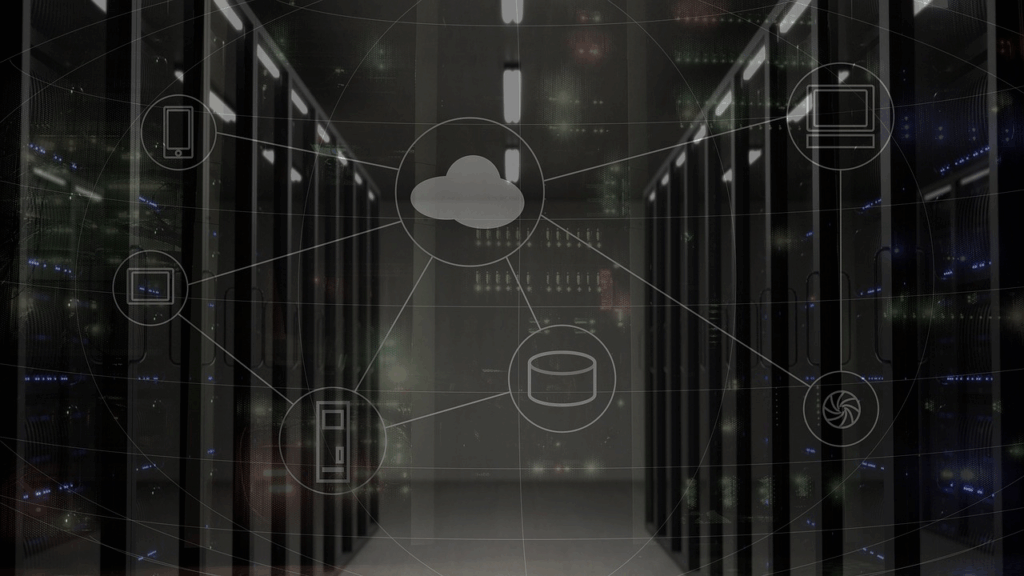Ever wonder what keeps your calls, payments, and flights running smoothly? It’s not just good service. It’s accurate timekeeping. Every tap, transfer, and transaction depends on systems running in sync. Not just close, but perfectly synchronized, down to the microsecond. Without it, apps crash, networks fail, and communication breaks down.
At the core is GPS time synchronization. It keeps clocks aligned across the globe so banks, airlines, power grids, and security systems can work together.
Some industries wouldn’t just struggle without it. They’d stop. Here are six sectors that can’t function without accurate timing, and what happens when it’s missing.
1. Telecommunications
Texting a friend. Streaming a video. Making a phone call. All these tasks depend on accurate timekeeping, specifically, precise, network-wide synchronization. Every call, data transfer, and handoff between towers must happen in perfect sync.
As mobile networks move into 5G, this becomes even more critical. With ultra-fast speeds and ultra-low latency, even a tiny timing error can cause real issues. Telecom networks now require time accuracy within ±1.5 microseconds to meet 5G performance standards. Without it, you’d experience dropped calls, laggy streams, and poor data delivery.
GPS time synchronization is the invisible force keeping these networks reliable. It makes sure you stay connected without a second thought.
2. Financial Services
Money moves at the speed of light — literally. Every second, banks and traders process thousands of transactions. But if those transactions aren’t time-stamped accurately, the results can be devastating.

High-frequency trading firms compete in milliseconds. Even tiny timing differences can cause big losses, or unfair advantages. Regulations like MiFID II require financial institutions to time-stamp every trade with exact precision.
That’s where GPS time synchronization comes in. It ensures trading systems around the world use a universal clock. Without it, transactions could be out of order, non-compliant, or vulnerable to fraud. This level of timing builds trust, protects investors, and keeps the financial system stable.
3. Power & Energy
Keeping the lights on isn’t just about electricity. It’s about time. Power plants, substations, and smart grids rely on critical infrastructure timing to keep everything balanced. Grid operators need synchronized data to monitor voltage, balance loads, and avoid outages. Even small time errors can cause big problems across the system.
To ensure stable grid performance, energy providers increasingly rely on a GPS Time Server for accurate time synchronization. These servers help align devices across huge areas, from smart meters in homes to turbines in power stations.
Without precise timing, the grid can’t adjust quickly to changes in demand. That leads to inefficiency, or even blackouts. In the power sector, time synchronization in industries isn’t optional. It’s the backbone of reliable energy delivery.
4. Transportation & Aviation
Getting from point A to point B safely and efficiently? That’s a timing issue. Planes, trains, trucks, and ships all run on schedules built around accurate timekeeping. If clocks aren’t in sync, delays happen. Worse, safety systems can fail.
In aviation, flight data recorders and navigation systems must be perfectly aligned. In logistics, tracking shipments and coordinating routes requires systems that speak the same “time language.” Even ride-sharing and public transit apps rely on real-time GPS data that’s only useful if it’s precisely time-stamped.
As transport systems become more automated and interconnected, time synchronization in industries like this becomes more important than ever.
5. Broadcasting & Media
Ever watched a live sports event or streamed a concert online? Those smooth experiences depend on accurate timekeeping. Media companies use synchronized clocks to manage broadcasts across different time zones and platforms. This ensures audio, video, and captions stay perfectly in sync.

For live broadcasts, timing is everything. If systems aren’t aligned, you get glitches like sound delays, video freezes, or out-of-sync streams. That can ruin viewer experience and damage trust in the brand.
Media providers also rely on critical infrastructure timing to schedule content, track ads, and manage digital rights. With more people watching online than ever before, GPS time synchronization is key to delivering high-quality, real-time content to global audiences.
6. Defense & Security
When it comes to national security, every second counts. Military systems use accurate timekeeping for communications, surveillance, navigation, and cybersecurity. GPS-guided weapons, encrypted radio signals, and secure data networks all rely on precise time synchronization.
If clocks are off, even by a tiny amount, systems can’t verify signals, causing confusion or even mission failure. In cybersecurity, synchronized logs help detect and respond to threats quickly. Without that, attackers could hide their tracks or exploit time gaps in the system.
The defense industry depends on GPS time synchronization to protect borders and respond to emergencies. It’s not just about staying ahead of the enemy. It’s about making sure every system knows exactly when to act.
Without accurate timekeeping, these industries wouldn’t just suffer. They’d crash. From telecom to transportation, the world depends on GPS time synchronization to function. It’s the hidden force keeping everything in sync.


